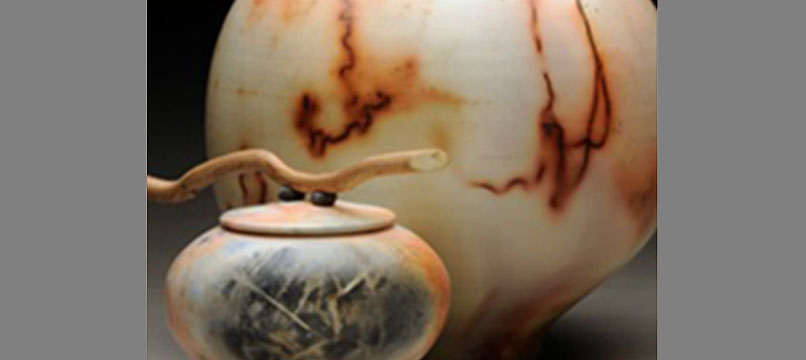Guest Post by Brenda McMahon
The last of the 5 yama’s is Aparigraha which encourages non-hoarding, non-collecting and non-greediness. Hoarding or having too much is a sign of a deeper belief that you will not be taken care of, your needs will not be met. It is also believed that greed keeps you from knowing the purpose of your life. Therefore, becoming free from greed will open up an inner knowing of the purpose of your life. The benefit of practicing Aparigraha is when we ‘let go’ of one thing, we then create space for something new.
If you are in the midst of a collapsing marriage, you are in the depths of Aparigraha. You are releasing a relationship that is no longer working, thereby creating a space for something new and healthy. You are also probably letting go of an idea of what your life looks like and certainly you are letting go of some of your finances and your sense of stability. You may not have chosen this path, but it has chosen you. This yama requires a deep trust that all will be ok and that in your un-clenching, you will grow and soar to greater heights. We cannot always see what is around the bend, but in our letting go, we can trust we will be supported.
When my 12 year relationship broke up, I wanted to release everything, to begin with a clean slate. I owned the house and he was not in a position to take it over so I had to keep that, but the first symbolic thing I let go of was my television. This change opened up my time and attention to such a vast array of experiences that to this day, 7 years later, I still do not own a television. Openings create spaciousness and opportunity. See what you can let go of and watch what naturally steps in to fill the gap. You may be surprised by what appears.
Aparigraha is also non-greediness; to take only what is necessary, and not to take advantage of a situation or act greedy. We should only take what we have earned; if we take more, we are exploiting someone else. This can be a very complex practice, especially if you are in the midst of separating your finances.
As you move into an understanding of this yama, Aparighara, don’t try to stop yourself from the feeling of ‘greediness for things’ but simply observe the feeling when it arises. Take notice without judgment (Ahimsa), sit with it and then allow it to dissipate. You don’t actually have to feed it. This idea might sound familiar, since it’s also the essence of mindfulness, and what the eight limbs of yoga are all about.
The yogi feels that the collection of or hoarding of things implies a lack of faith in God and in himself to provide for his future. Letting go of our attachments to things is also a step closer to the understanding of the impermanence of everything.
As we complete the first half of our exploration of the 10 commandments of Yoga, you may find that your mind has become more limber and open to adjusting and changing; you are finding more balance in your thoughts. This, like the physical Asana practice, is all good yoga. You are becoming aware, stretching and moving and opening up and you haven’t even hit the mat!
Namaste.
(the light in me, bows to the light in you)
To access the entire 12 Part Yoga Series, click here
Brenda McMahon is a full-time Ceramic Artist traveling nationally & internationally showing her artwork and teaching clay workshops. She creates meditative porcelain vessels and Yoga Oms in her private studio. Brenda is a passionate student of metaphysics and has been a Yogi for 10 years.
Find out if coaching is right for you. Take a quick survey and see if you are ready to make a positive and lasting change in your life. Click here to begin.





